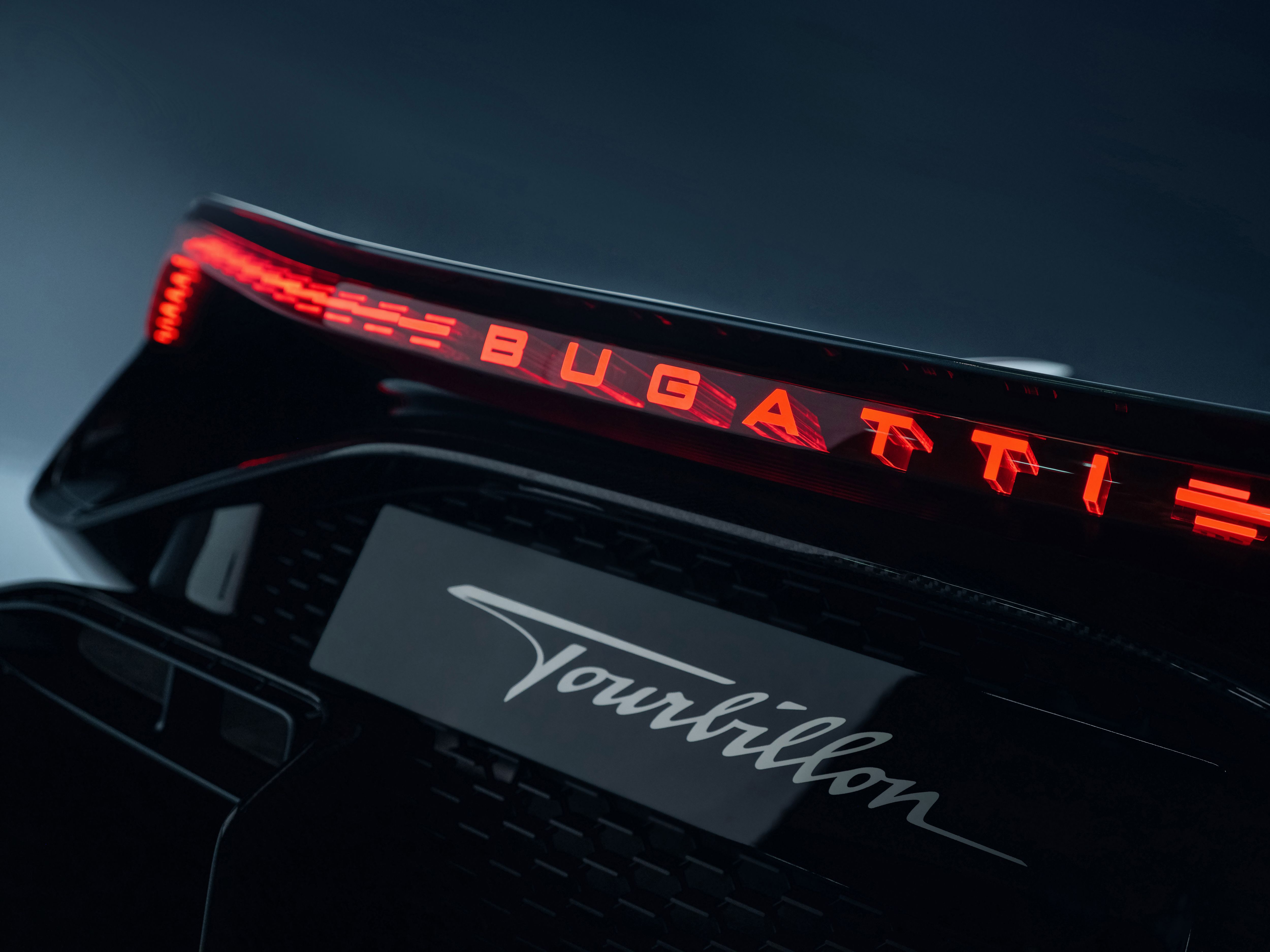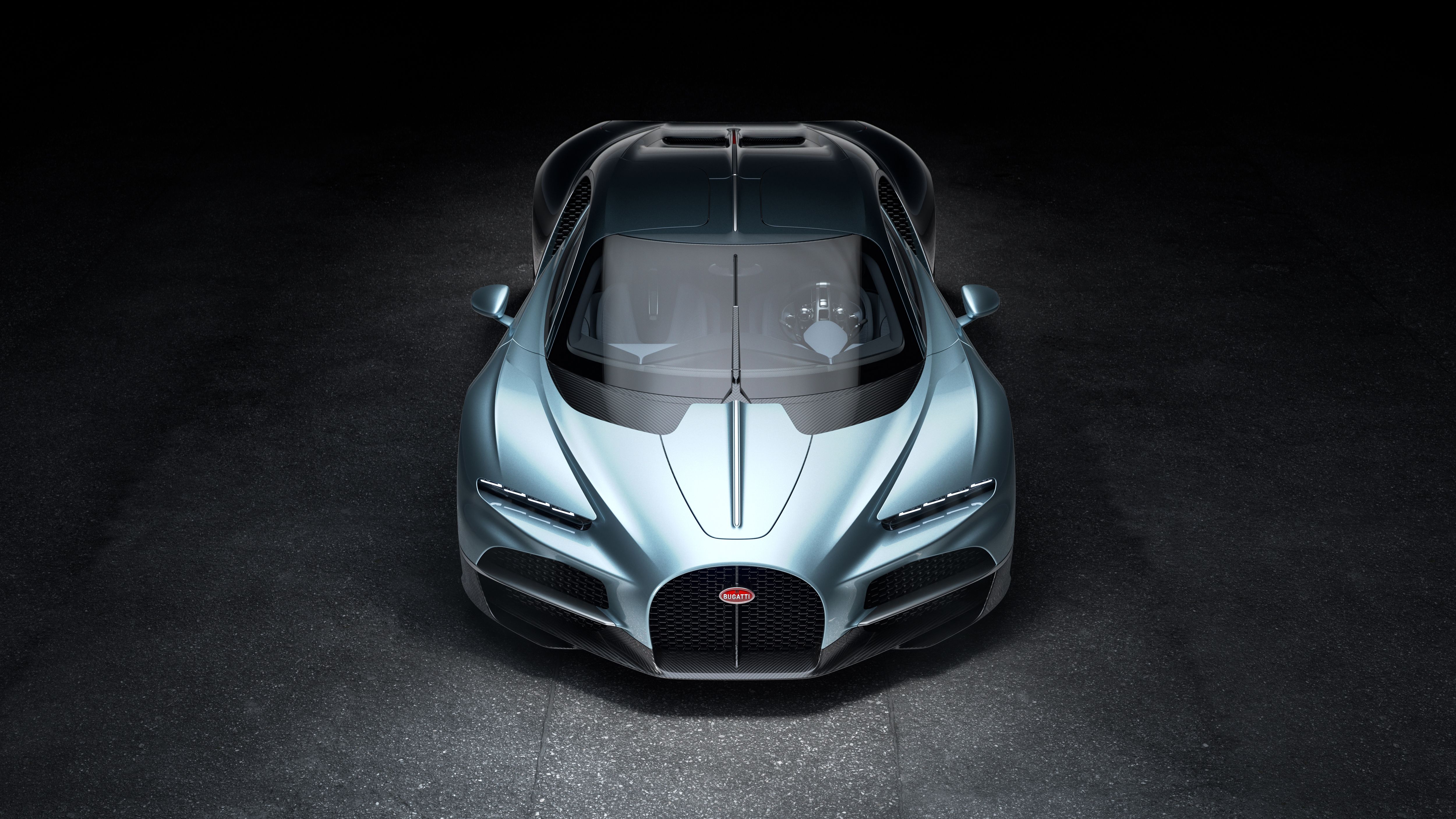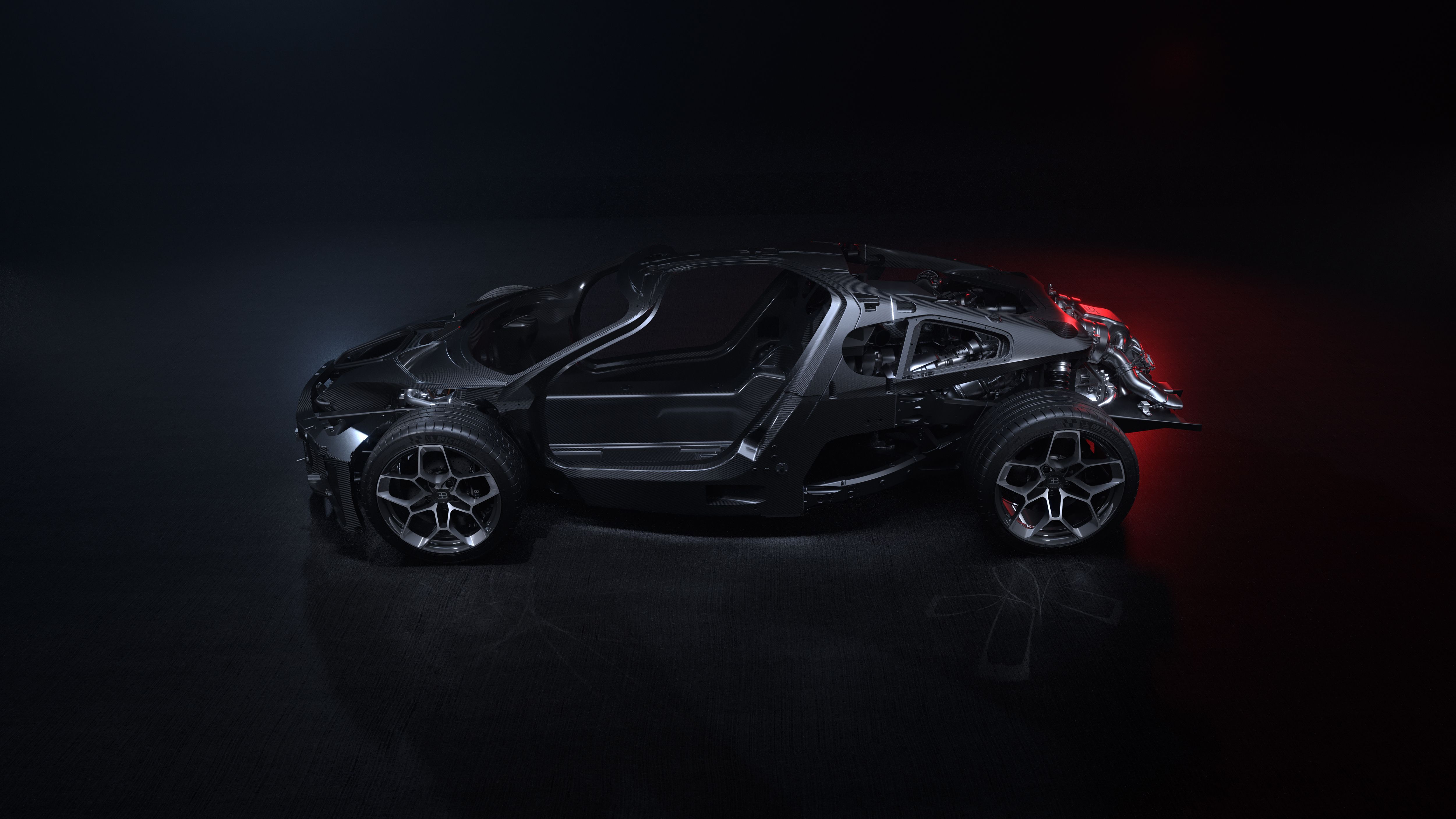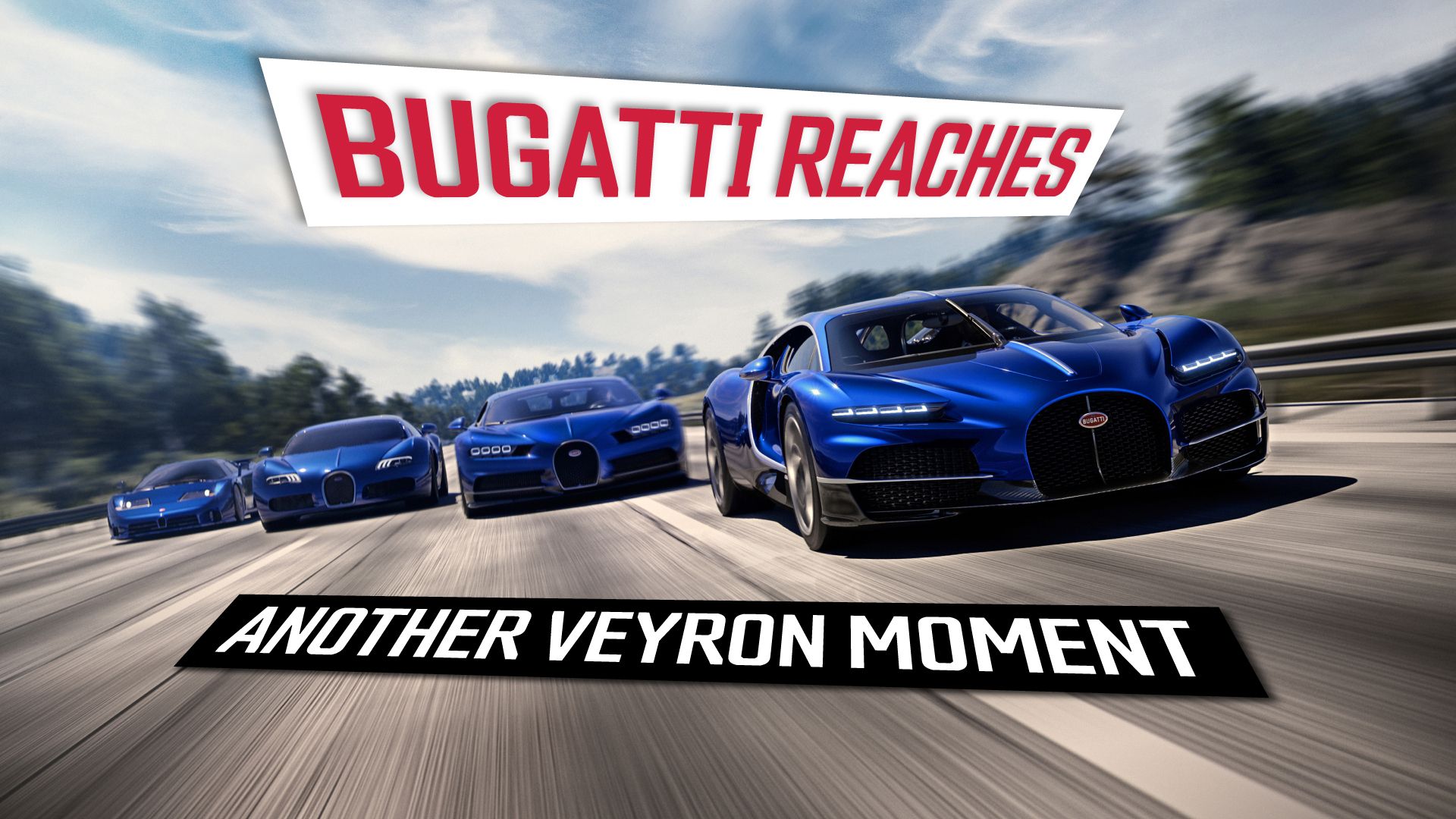
9 Reasons Why The Bugatti Tourbillon Is Another Veyron Moment
As most of you know, Bugatti was reborn in 2004 with the introduction of the Veyron. The introduction of this beloved car created an entirely new segment dubbed the hypercar. It had 1,000 horsepower, could get to 60 mph in less time than it took you to read this sentence, and, famously, had a top speed of 253 mph. It was such a large reset for the automotive industry that it became known as the “Veyron Moment,” on par with the invention of mass production, front-wheel drive, turbocharging, etc. It broke all the rules and became an inspiration for every automotive engineer on the planet.
Related
The End Of An Era Has Arrived: Meet The Last-Ever Bugatti Chiron
The dynasty of W16-powered hypercars is coming to an end soon, and this is the last Chiron to get the iconic engine. It’s been one helluva ride.
Now, 20 years later, Bugatti is introducing the all-new Tourbillon. However, the world has moved on a lot. In the age of the EV, 1,000 hp is no longer headline-grabbing. Tesla will sell you a four-door sedan with a thousand ponies for less than $100k. Rivian will sell you an SUV or pickup truck with that much power.
Many people expected the new Bugatti hypercar to be electric because it’s the future of going fast. The Volkswagen Group even handed the reins of its most prestigious brand over to a man who made his name producing the fastest electric car in the world (until recently, anyway). We expected a re-bodied Rimac Nevera, but instead, we got the ultimate expression of what’s possible when internal combustion and electricity work together. Here are nine reasons why the Tourbillon is undoubtedly another Veyron Moment.
1 The Name: Breaking Away From Convention And Making A Statement
Since the current version of Bugatti was established in 2004, the core models have been named after racing drivers. The Veyron was named after Pierre Veyron, who won Le Mans and was also employed as a development driver for Bugatti. Its successor was named after Monégasque driver Louis Chiron. Even the Divo is named after Albert Divo, who won the Targa Florio twice. Bugatti has broken this rule to make a statement. The word tourbillon is French and related to horology. It’s a complex system, but it essentially counteracts the effects of gravity on a watch to make it more accurate. First invented in 1801, nobody has found a better system in more than 200 years, and that’s the correlation Bugatti wants to make with the Tourbillon.
In other words, the Tourbillon was created to be admired on concours lawns for the next century, much like we stare in awe at the Bugatti Type 57 SC Atlantic these days. It’s also a car that will be an heirloom, only exchanging hands when an owner dies. It’s designed for eternity, says Bugatti.
2 Faster Than Any Bugatti Before It
The Veyron had many claims to fame, but the one everyone remembers is top speed. It famously hit 407 km/h because that was the highest speed ever achieved at Le Mans, and the only place anyone ever truly beat Ferdinand Piech. The Tourbillon goes faster still. Faster, in fact, than any production Bugatti before it. It’s limited to 236 mph in standard form, but with the Speed Key, you’ll hit 276 mph – 3 mph faster than the production top speed of any Chiron variant and just less than 10 mph faster than the fastest Veyron, the Super Sport, which reached 267.85 mph.
Some may claim that The fastest Chiron was the 300+, but there is a caveat to that record. The Chiron Super Sport 300+ that reached 304.773 mph was a prototype. The production model that followed couldn’t do the same and only had a top speed of 273 mph. The production car’s design was only inspired by the prototype that reached that impressive speed
2:08
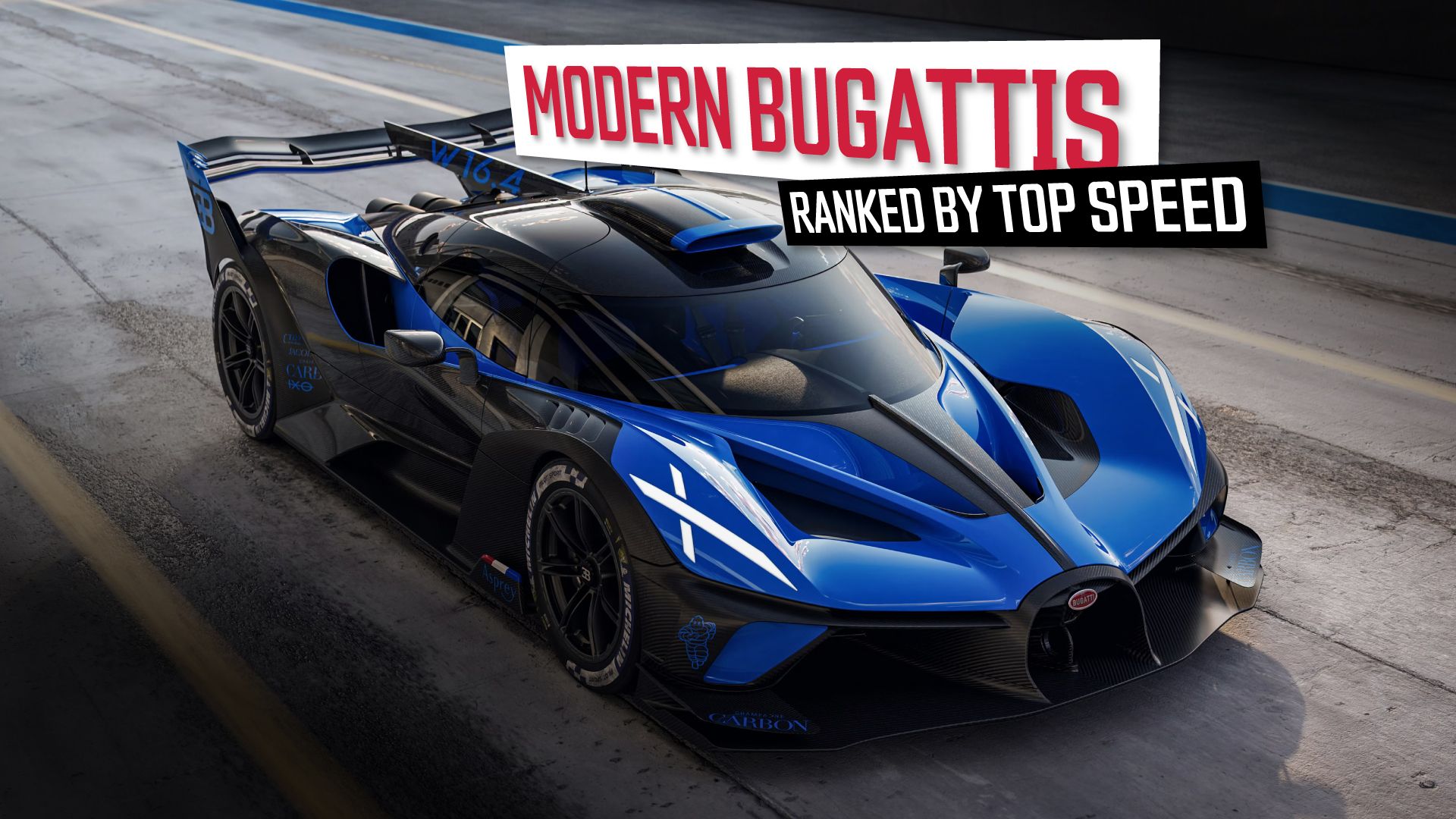
Related
Every Modern Bugatti Ranked By Top Speed
Every Bugatti made since the brand’s revival, from the slowest to the fastest.
We do know that the Tourbillon has a 550 km/h speedometer, which is 342 mph. It will need to reach at least 305 mph to beat every Bugatti that came before, and we don’t doubt a Super Sport variant will come along in time to claim that title. Mate Rimac has proven one thing, and that’s that he likes to set records in a big way.
3 It Looks Like A Bugatti Should
Although the design has been updated, Bugatti managed to keep the famous horseshoe grille, the Bugatti Line, the C-Line, and the famous dual-color split. “The creations of Ettore and Jean Bugatti are ingenious in their aerodynamics, innovation, and enduring beauty,” said Frank Heyl, Bugatti’s Director of Design. “We draw from the Bugatti Type 35, where the whole shape of the car was guided by the shape of the horseshoe grille, tapering back into this streamlined fuselage shape. We find inspiration in the Type 57SC Atlantic – the S stood for Surbaissé, which essentially meant lowered – bringing down the frontal area, lowering the roofline, lowering the driver, and creating this wonderful stance and proportion.”
Heyl also mentioned that the color-split stems from the Type 41 Royale, which was brought back for the Veyron and Chiron. The Bugatti line curves more sharply, creating a leaping motion that helps the car look like it’s doing 250 mph even when parked on a concours lawn.

Add CarBuzz to your Google News feed.
4 Aerodynamics Are Next Level
To keep the Tourbillon from taking off, it has several patented technologies. Like before, the rear wing will dip down when attempting a top-speed run, but it can also be used as an airbrake. When hooning around, it will deploy to improve downforce at the rear. There’s also a new diffuser that climbs from behind the passenger cabin. The diffuser is part of a new crash structure, so you can’t actually see it.
Other cool features include flying fenders that control the airflow around the headlights and into the side intakes. We also know that there are two radiators at the front, and the frunk sits neatly between them. Bugatti will likely release more information in the coming months, but as we know, the Veyron and Chiron both had 10 radiators to cool everything, and the Tourbillon has a monster of an engine…
5 The First Series Production V16 In Nearly 100 Years
Bugatti could have kept its 8.0-liter W16 engine, but where’s the fun in that? Customers in this segment demand the latest and greatest, so Bugatti went for an engine configuration that hasn’t been in series production in 84 years. The final V16 production engine was used in the 1938 Cadillac Series 90, and it produced 185 horsepower and 318 lb-ft of torque. Bugatti’s V16 does a little better than that.
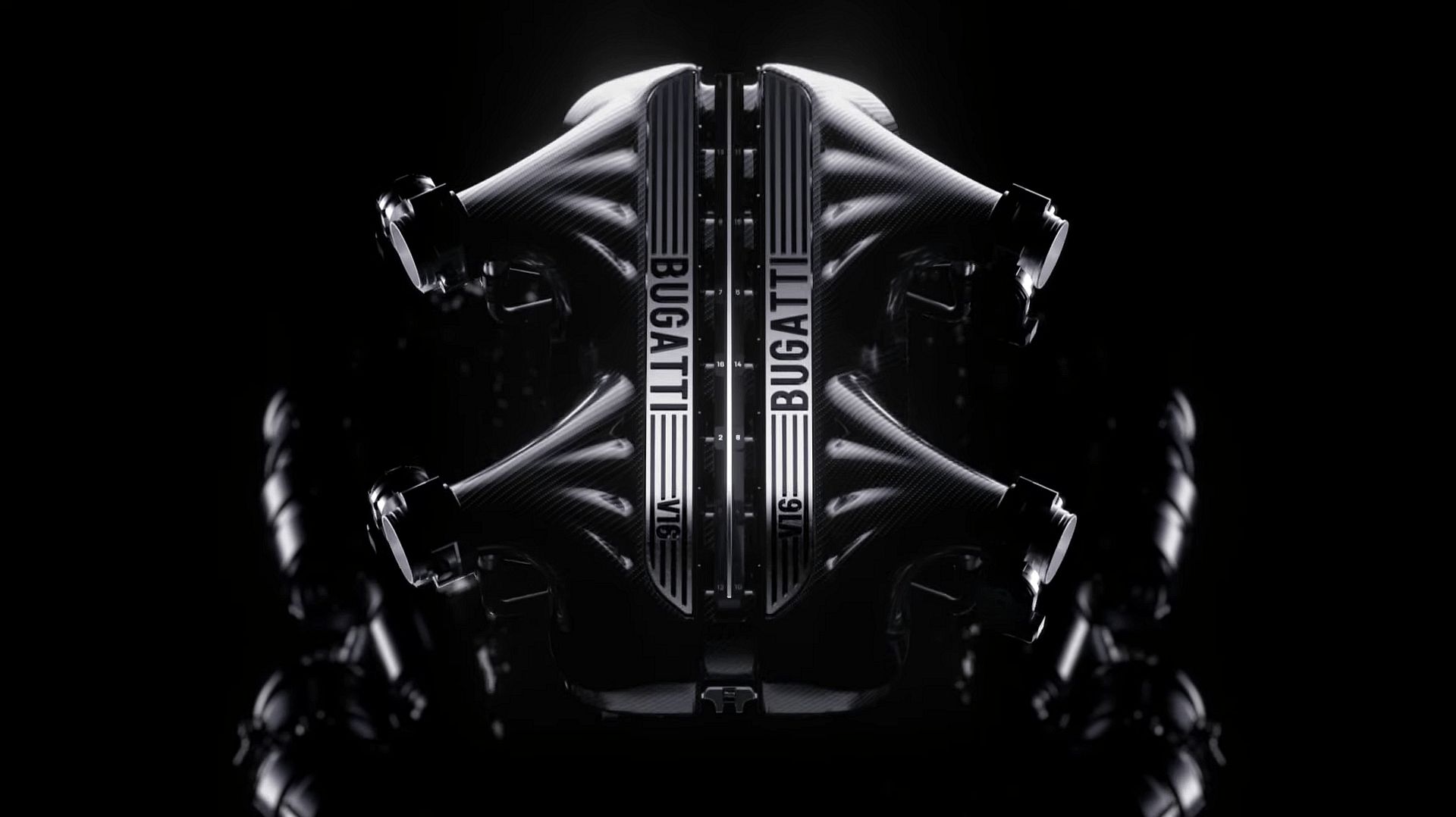
Related
Bugatti’s New V16 Engine Is The First Series Production V16 In 84 Years
And it’s going to change the automotive industry in a big way.
The Tourbillon’s 8.3-liter naturally aspirated V16 was designed with the help of Cosworth, who also helped Gordon Murray Automotive make one of the best NA V12s ever.
It produces 986 horsepower (1,000 metric), which is an amazing achievement. To understand why, let’s look back at the Veyron. It used an 8.0-liter quad-turbocharged W16 (one of the coolest engine configurations ever) to produce 987 hp (1,001 metric hp).
Not only does the new V16 achieve the same power output without any forced induction, but the engine weighs significantly less. The outgoing W16 used for the Veyron and Chiron weighed 882 pounds, while the new V16 tips the scales at 555 lbs. That’s a massive saving, which allowed the engineers to add electricity without having a drastic impact on the car’s curb weight.
6 The Electric Half Of The Powertrain
An all-new Bugatti with only 1,000 horses would be a waste, so instead of forced induction, the Tourbillon uses electricity – nearly 800 hp of it. It’s equipped with three electric motors, driven by a 25 kWh battery that also allows for an all-electric range of 37 miles, which is on par with the Mitsubishi Outlander PHEV. That by itself is a staggering achievement.
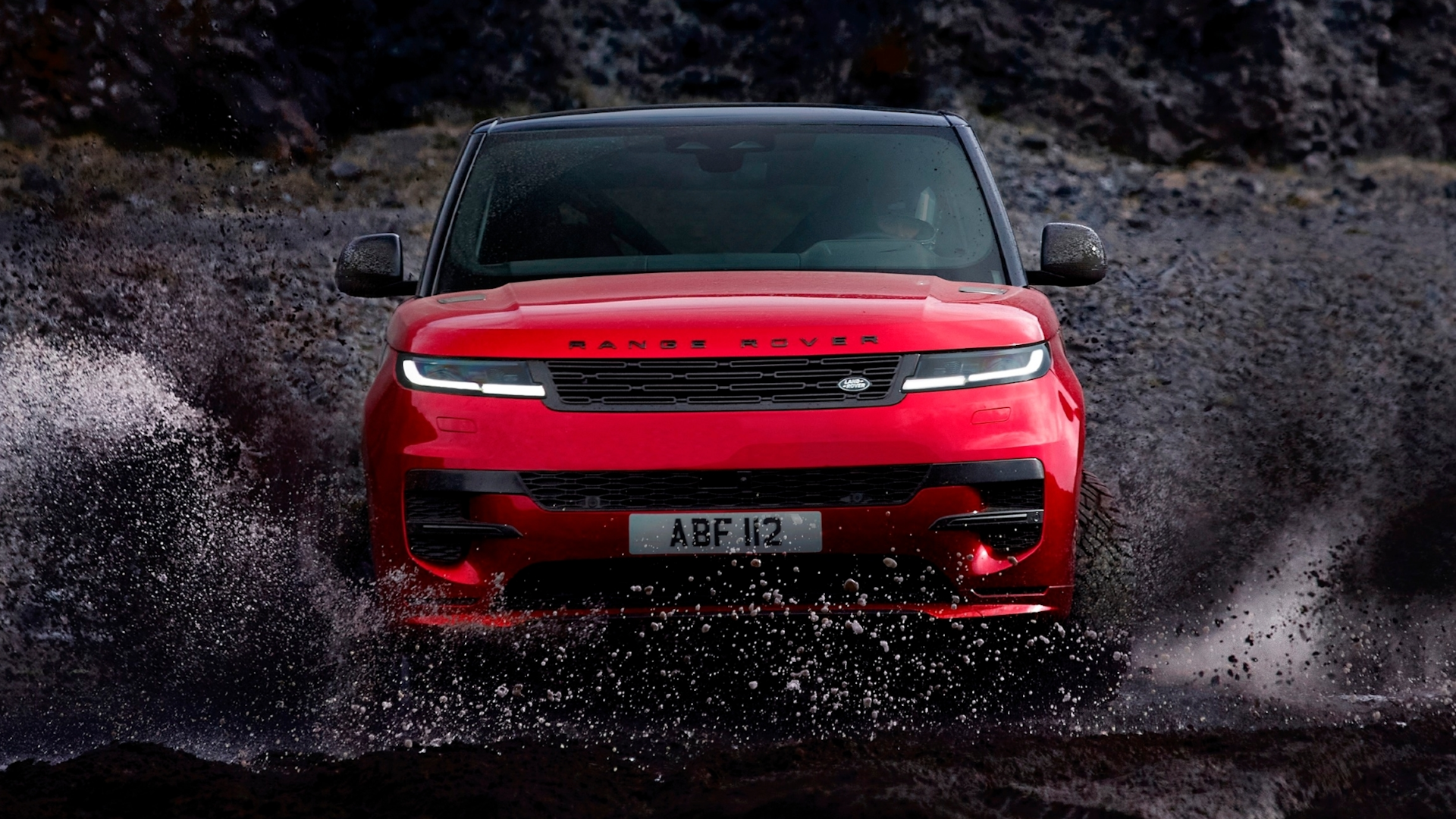
Related
10 Plug-In Hybrids With The Most All-Electric Range
These are the top 10 PHEVs most likely to get you to work and back without burning a drop of gasoline.
The Tourbillon has a front e-axle with two electric motors and an additional motor on the rear axle. Combined with the V16, these various elements create an eAWD system capable of more trickery than Chiron could ever have imagined.
Speaking of the Chiron, you’d expect the Tourbillon to weigh more because that’s just how the world works. Every new generation of whatever model weighs more than its predecessor, but not in this case. According to Bugatti, the Tourbillon weighs less than the Chiron. For the record, the Chiron weighed roughly 4,400 pounds.
But more important than the weight is what Bugatti can do with those electric motors. We’re certain some of Nevera’s impressive torque vectoring systems and driving modes will be updated and shared with the Tourbillon. In addition, these motors, which can spin up to 24,000 rpm, will boost low-down torque and be on standby for torque-filling duties.
7 Groundbreaking Chassis And Body Structure
Apart from design DNA, the Tourbillon shares nothing with its predecessors. It has an entirely new chassis and body structure. The latter is made from what Bugatti calls a next-generation T800 carbon composite, which incorporates the battery as a structural part of the monocoque. Bugatti’s attention to detail further helped bring the weight down. Examples include 3D-printed aluminum structural braces, a 3D-printed hollow airfoil arm, and 3D-printed suspension components that weigh 45% less than they do on the Chiron.
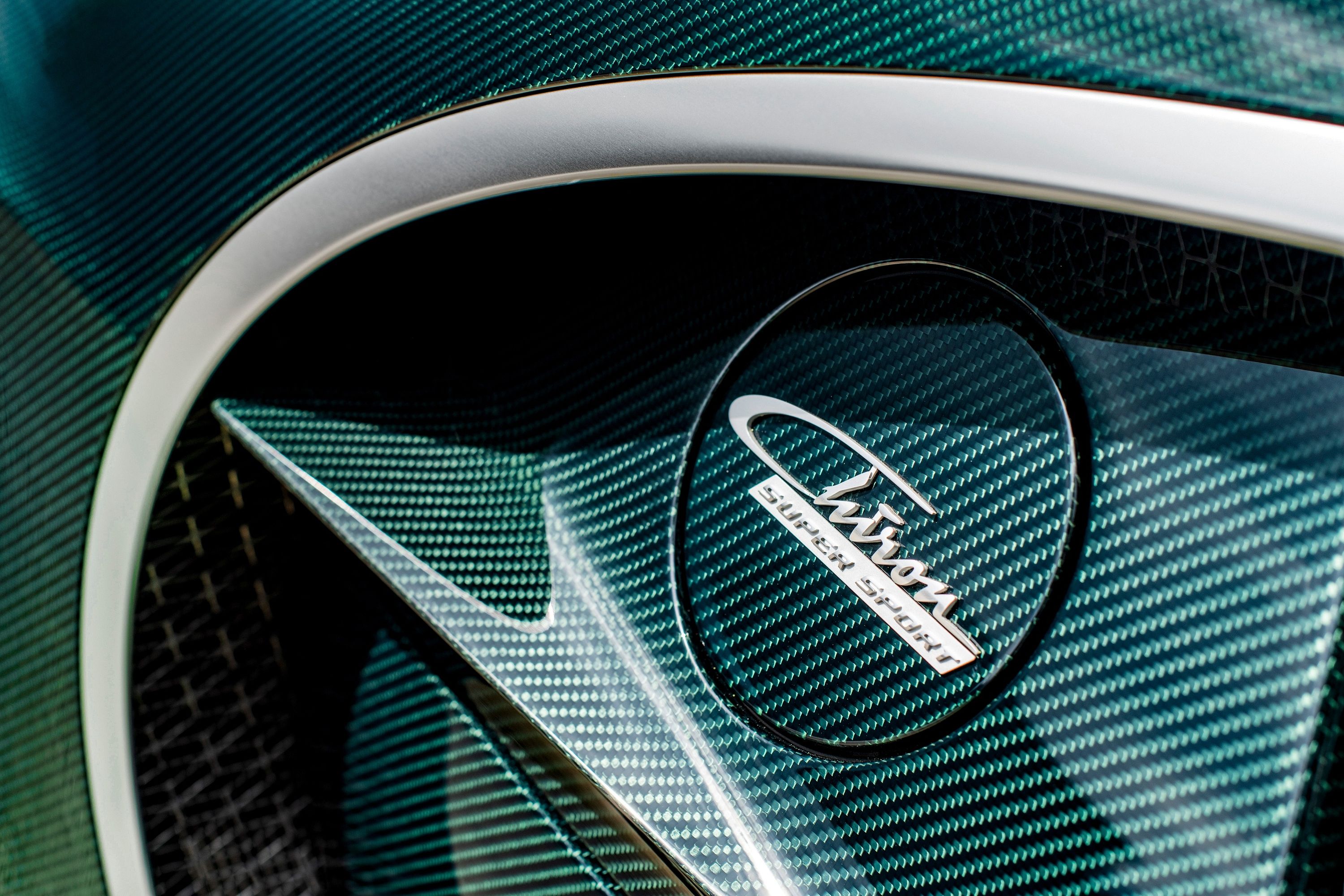
Related
Bugatti Is Utterly Obsessive About Its Carbon Fiber
We would be too if our products cost millions of dollars.
The brake-by-wire braking system uses carbon ceramic technology, while the Michelin Pilot Cup Sport 2 tires were specifically developed for the car. Despite adding all of these components, a battery, inverters, and electric motors within the same footprint as the Chiron. Bugatti even had some space left over, so the Tourbillon has more storage space and a larger frunk, perfect for the custom luggage you can inevitably order.
8 An Interior Worthy Of The Badge
The interiors of the Veyron and Chiron weren’t bad, but also not quite right for cars costing millions. They looked especially dull when compared to what Pagani has been doing since its inception. Mate Rimac has expressed his fondness for Horatio Pagani before, and you can see the French brand borrowed some inspiration from its rival. Those dihedral doors already provide the feel-good factor, but the interior makes you feel like a million bucks. Scratch that. It makes you feel like the billionaire you are. It’s the first Bugatti with a central screen, but you can hide it.
The rest of the interior, like the name, is inspired by horology. The center console is made up of crystal glass and aluminum, but the best bit is the instrument cluster. It’s made up of more than 600 parts and incorporates titanium, sapphires and rubies. That entire assembly weighs just 700 grams. The absolute best bit is the tachometer housed within the speedometer. Watching the tachometer rise and fall as the speed rises is majestic.
9 It’s Priced Like A Hypercar
The Tourbillon is not quite ready yet. Bugatti’s next hypercar is now entering its testing phase and will only be delivered to the first customers in 2026. Only 250 will be made, and prices start at $4 million. It will be assembled at Bugatti’s Atelier in Molsheim as soon as the company is done with the Bolide and Mistral. Production of the Chiron only ended recently, which just shows how long it takes to build each of these cars.
The Veyron redefined the market when it launched, and with a higher price and more limited production numbers, the Tourbillon will likely follow the Veyron as an appreciating asset for generations of car enthusiasts to come.

